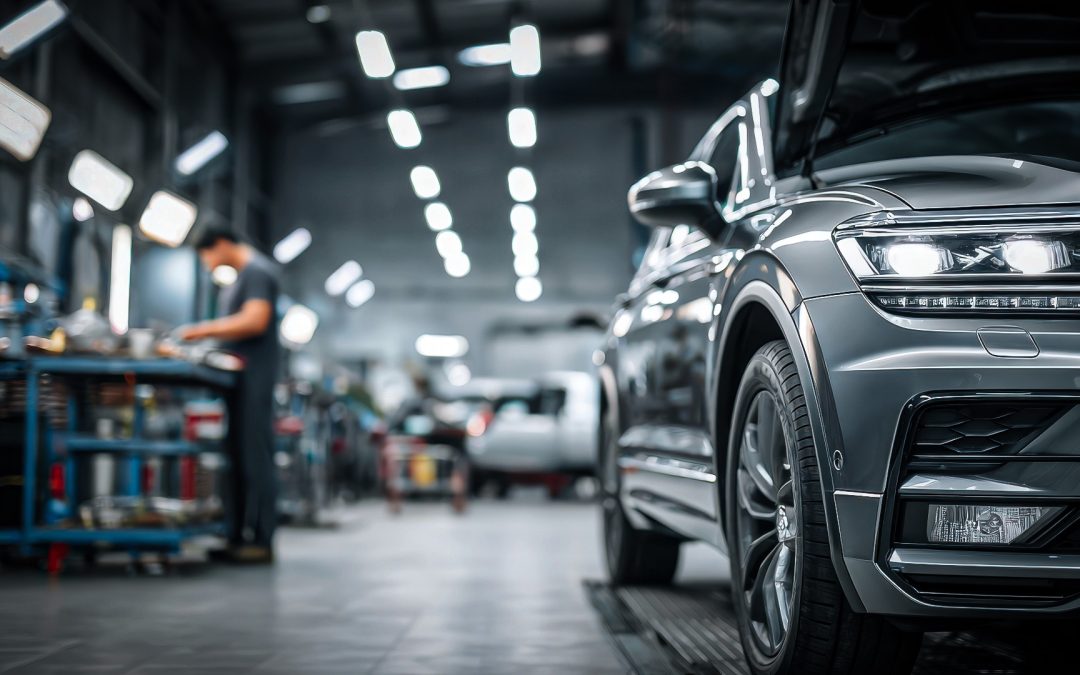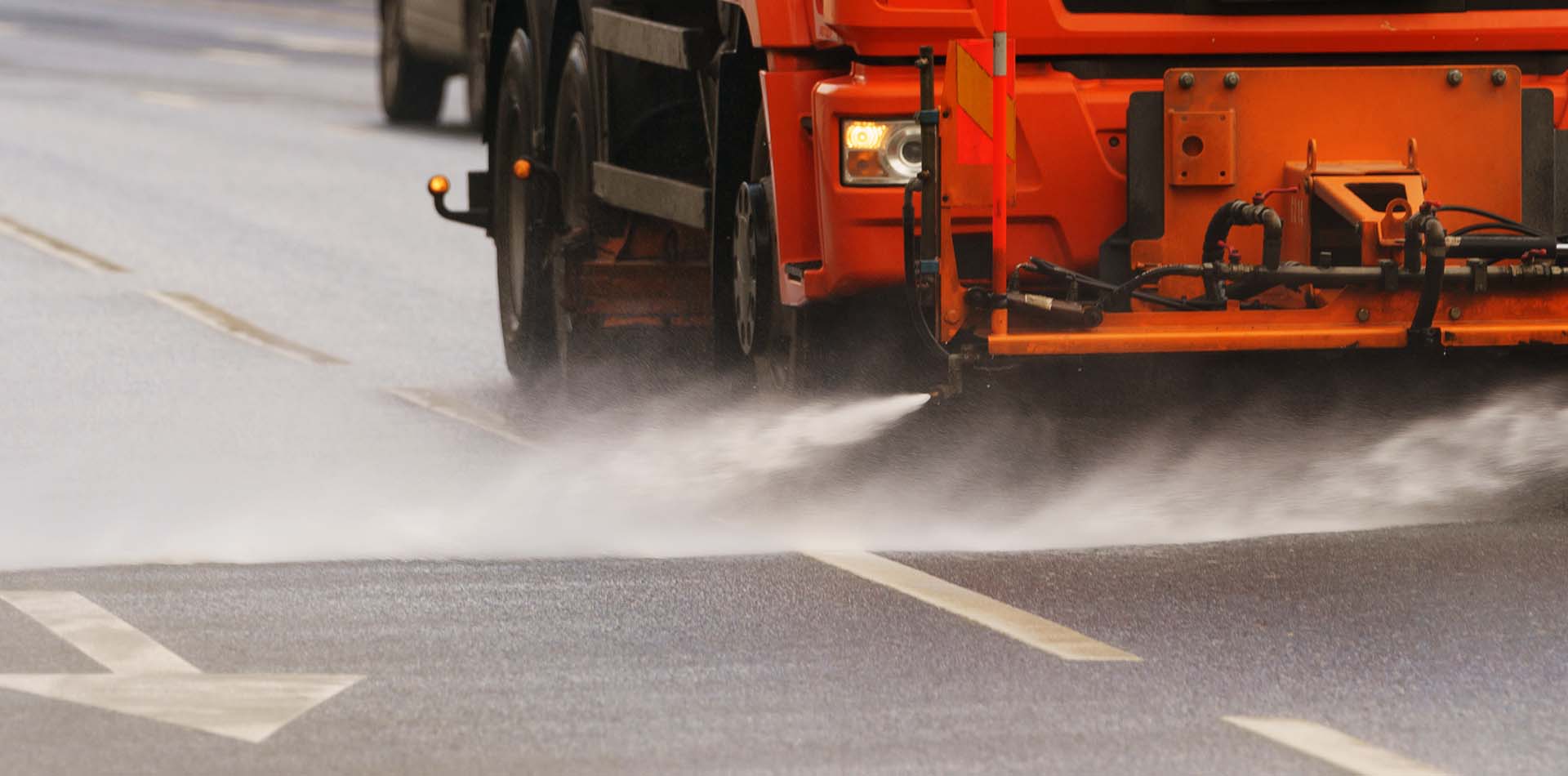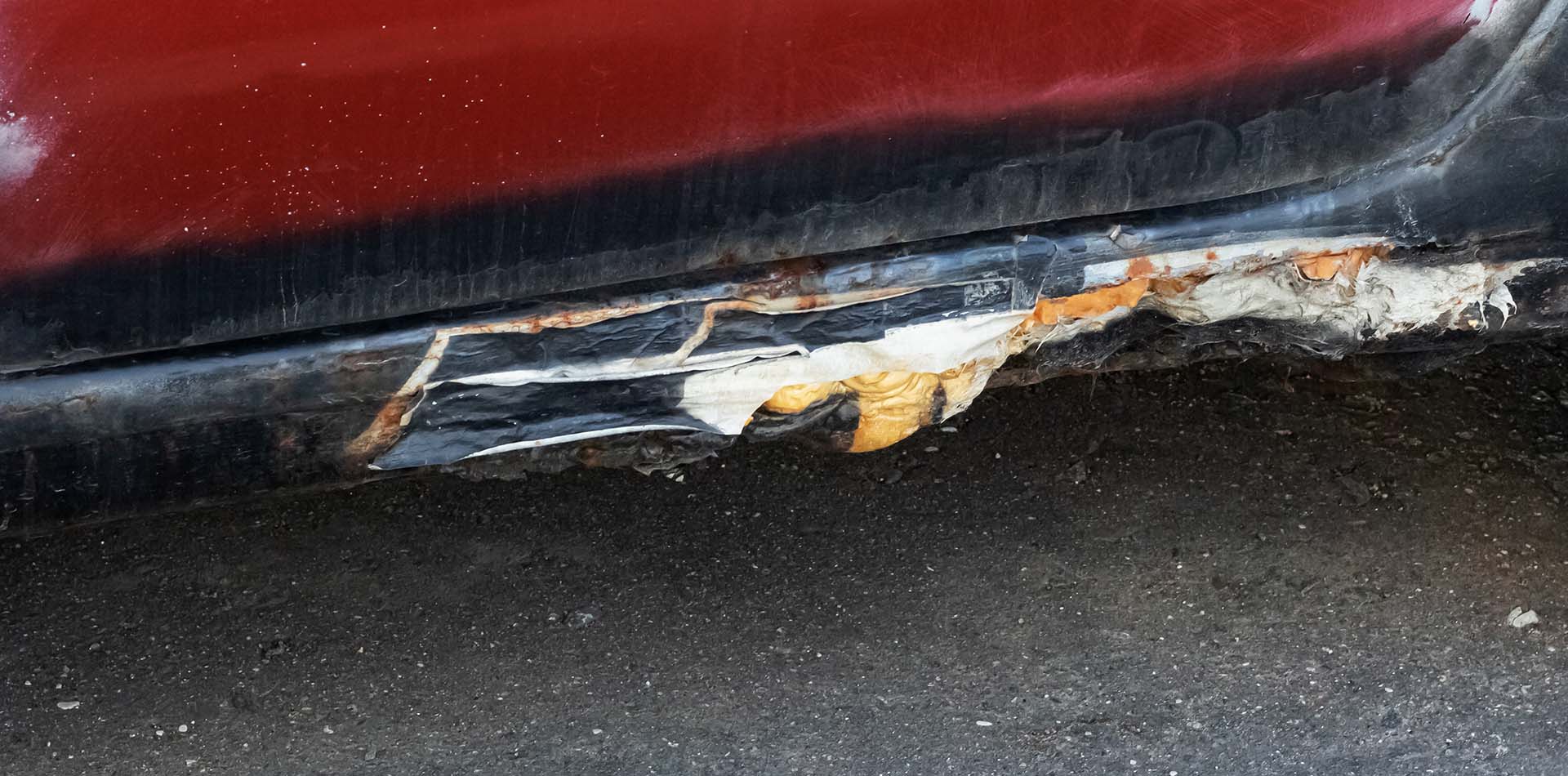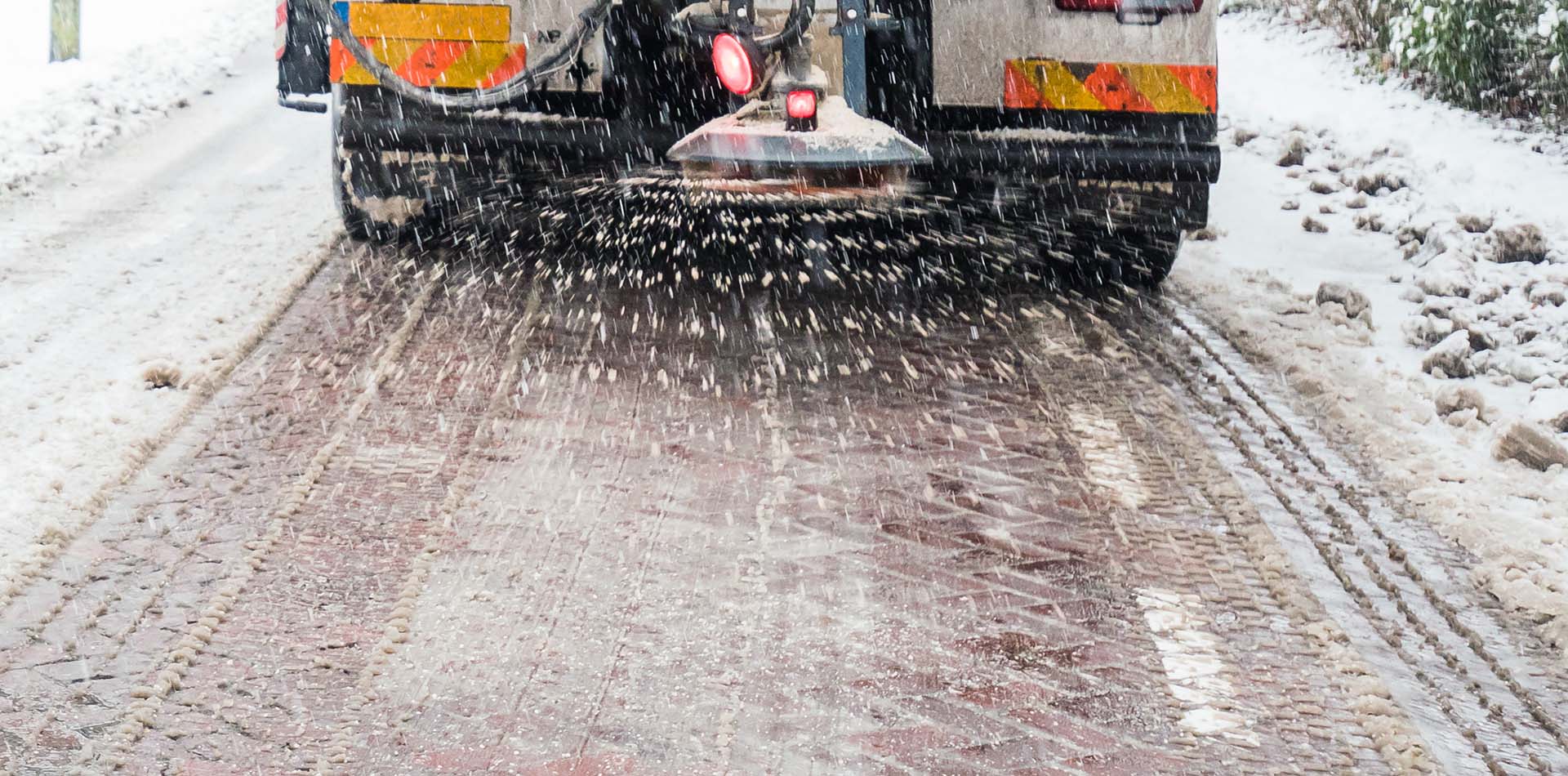Using your shop’s Cost of Doing Business (CODB) as a baseline for labor rates.

I was just thinking today that my “fun vehicle” window is closing soon; this is the period of the year where I’ll drive or ride anything I own. Old vehicles don’t stand a chance in the salt belt. Anyone I know who has anything nice keeps it far away from treated winter roads. If you’ve lived in the northern climes here in America and you’re like me, surely you’ve asked yourself at least once, “Why do we do this?”
Any answer I’ve ever found has been patently unsatisfying. Let’s take a look at how we got here, then I’ll proselytize for a moment on why we need to make a few changes.
Prior to WW2, state highway maintenance in the United States was relegated to clearing snow and applying grit to the road surfaces. Salt’s only role was as an adjunct to the piles of sand to prevent them from freezing over. New Hampshire was the first state to make a habit of applying salt to the roads, though the Transportation Research Board notes this was limited to 5,000 tons statewide.
By the early ‘50s, the practice was spreading, and the bare pavement concept took hold. “Transportation officials throughout the northern United States believed that bare pavement was essential to safeguard the lives of motorists,” according to the Public Health Department of the City of Madison and Dane County.

Salt is often delivered now in liquid form. Brine is sprayed on the road directly to reduce the amount of scatter that occurs with standard crystals. Photo by Yury Karamanenko.
Salt use shot up and stayed there. Reductions occurred at first due to rising costs—manpower to spread salt and fuel for the trucks dispensing it during the oil embargo of the ‘70s are notable. But costs also dropped when other technologies were developed and tested, like prewetting and brining, which can reduce scattering and increase the amount of time salt remains on the pavement.
The increases in safety are hard to argue. But is the cost of salting…worth the cost of salting?
Anyone who works in the automotive industry can tell you about some of the hidden (or not-so-hidden) costs of road salt. Rotting frames. Rusting bedsides flapping in the breeze as trucks go down the road. Spare tires that simply fall off as vehicles are underway. Entire undercar line replacements as fuel and brake lines weaken and eventually lose their ability to hold pressure and contain their fluids. Trailer hitches that can’t be removed. And that’s just a smattering of the havoc salt creates.

We’ve all seen rockers eaten away by salt (and the shoddy methods employed to repair them). Photo by Vera Aksionava.
By 1990, the total nationwide bill for salting was half a billion dollars, according to the 2015 book “Rust: The Longest War.” By the time that book was released, that number rose to more than 2.3 billion according to a Washington State University study. The damage salt causes was being studied as early as 1970.
Here’s how the EPA quantifies the cost of the repairs:“Though seemingly harmless to us, rock salt can have corrosive effects in large quantities that affects cars, trucks, bridges, and roads resulting in approximately $5 billion dollars in annual repairs in the U.S. alone.” Five billion! As those rust flakes flutter down into your eyes, you can mentally add the cost of the acetylene and oxygen to that number. (And maybe consider your own vehicle payment, too—if you live in the rust belt, my bet is a vehicle not being “worth it” to fix any more is a lot younger than some of our counterparts in the sunnier parts of the country.)
Water contamination occurs in both surface and ground water. The chloride is toxic to some fish, bugs, and amphibians and the salt affects those with high blood pressure. The Cary Institute notes that “in winter, salinity spikes, caused by salt running from treated surfaces directly into streams, are common. These short but concentrated salt inputs can temporarily make stream water as salty as seawater.” One effect, they note, is that “oxygen levels in the briny bottom waters of the lake drop and become inhospitable for organisms.”
Even if the environment isn’t high on your priority list, salt harms animals in a way that’s lethal for humans. It’s known that salt attracts some animals, so much so that the authors of a 2009 study used the acronym “MVC,” for “moose-vehicle collision.” The EPA also notes the rather obvious detrimental effects of putting wildlife snacks on the roadway: “Salty roads also attract animals like deer and moose (who love licking up the salt), increasing the probability of accidents and roadkill.”
That seems like it might be antithetical to the safety argument.
We’re living in an age where AWD/4WD vehicles outsell 2WD, where bias-plies are used only on trailers, and where 58% of people report being able to work from home occasionally. Is it absolutely necessary we allow state and local government the option to prematurely reduce the lives of our vehicles and the vehicles of our customers? According to Michelin, two out of five drivers in America use snow tires, while two out of three drivers think they don’t need them because they have all-seasons on their car. I do understand most people’s reticence to hook up chains in inclement weather, but spreading all this road salt because of a lack of tire education seems like an expensive alternative.
Quite a bit, I suppose. The auto parts industry can sort of show you what is happening in repair bays. For instance, high snow areas tend to have pavement in poor condition, which can be a boon for suspension repairs and vehicle alignments. The slippery nature of frozen precipitation also makes accidents inevitable, so steering and other front end parts take a beating, and collision shops are no stranger to low-speed snow incidents. In that vein, many of today’s collision avoidance technologies are hampered by snow buildup. Cameras and sensors don’t operate well when covered with snow. However, these are boons to the industry caused by the snow. Other than the salt coating that can also cover cameras, most salt-related repairs are rust driven, and those are a bit of a different story.

Exactly how clear does this road need to be? Photo by hansslegers.
Looking back to the parts side of things, I’ll use my employer as an example. Dorman makes rust repair pieces, but sales of these parts don’t make up the bulk of our portfolio likely for the same reason they don’t make up the bulk of your repairs: unlike an acute repair which is fairly localized, corrosion damage is global; it affects the entire vehicle. Pouring money into a rusty heap isn’t popular. The work is difficult and specialized, and all but the most hardcore DIYers shy away from it—and so do many professional repair facilities for the same reason. So yes, replacing a rusty truck bumper isn’t a big deal in and of itself, but a vehicle needing an exhaust system, brake lines, or fuel tank is likely to have a few more issues that need attention.
A car that rusts out is, in general, not very good for a repair shop focused on mechanical repairs. It artificially keeps the age of the car parc lower than it should be and removes many vehicles from operation that would have many good years of service (and repairs!) left in them. Unless your customers are only buying used cars, a rusted-out car that leads to the purchase of a new vehicles is the government directly transferring repair revenue from your shop to a dealership in the name of safety. We’ve all seen a good customer disappear for a few years while a new car was under warranty. Oil changes and rotations do not a gravy ticket make.
So perhaps it’s time we rethink road salt. Maybe it’s worth a letter to a state representative. Building cars and bridges and then spreading what is effectively kryptonite on them seems like government-sponsored destruction of assets you and I pay for. Perhaps driver education is the answer, or maybe an acknowledgment that clear roads—not bare ones—are sufficient for most drivers who need to use the roadways.
Or we can just keep getting rust flakes in our hair and eyes and torching parts and leaving nice vehicles in the garage for half the year, hurting the environment, and paying for the privilege.
The articles and other content contained on this site may contain links to third party websites. By clicking them, you consent to Dorman’s Website Use Agreement.
Participation in this forum is subject to Dorman’s Website Terms & Conditions. Please read our Comment Policy before commenting.